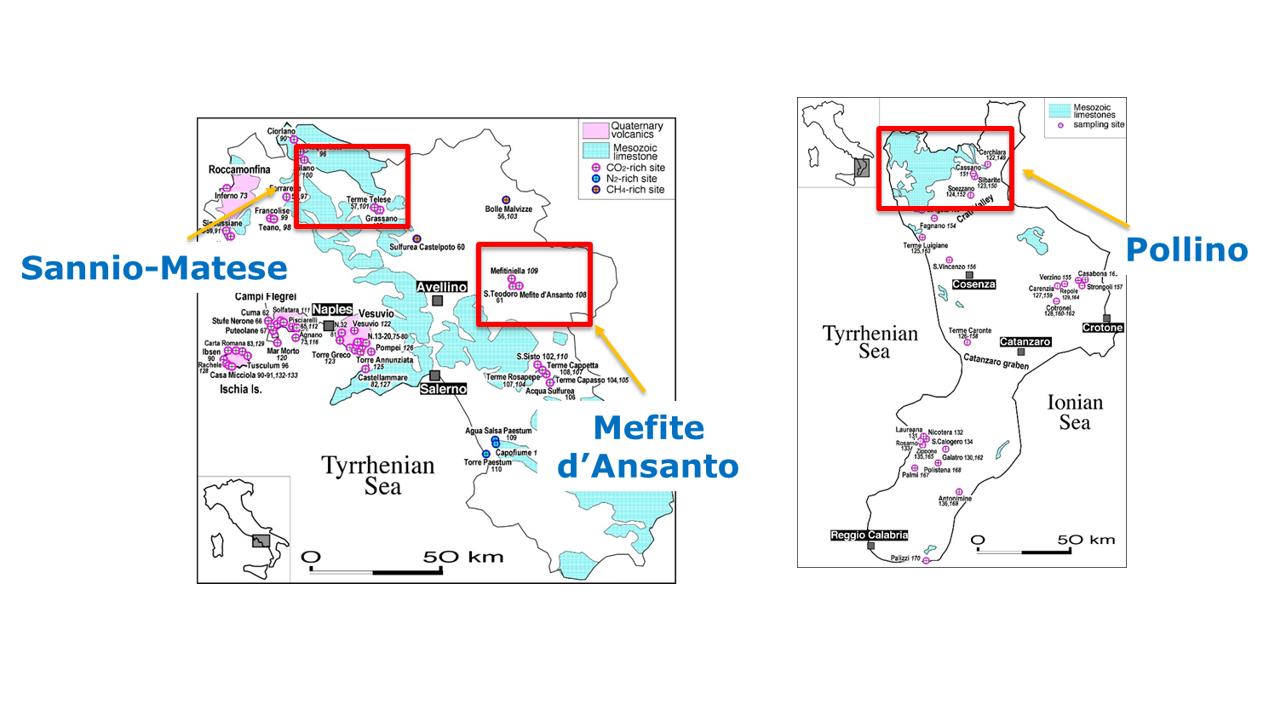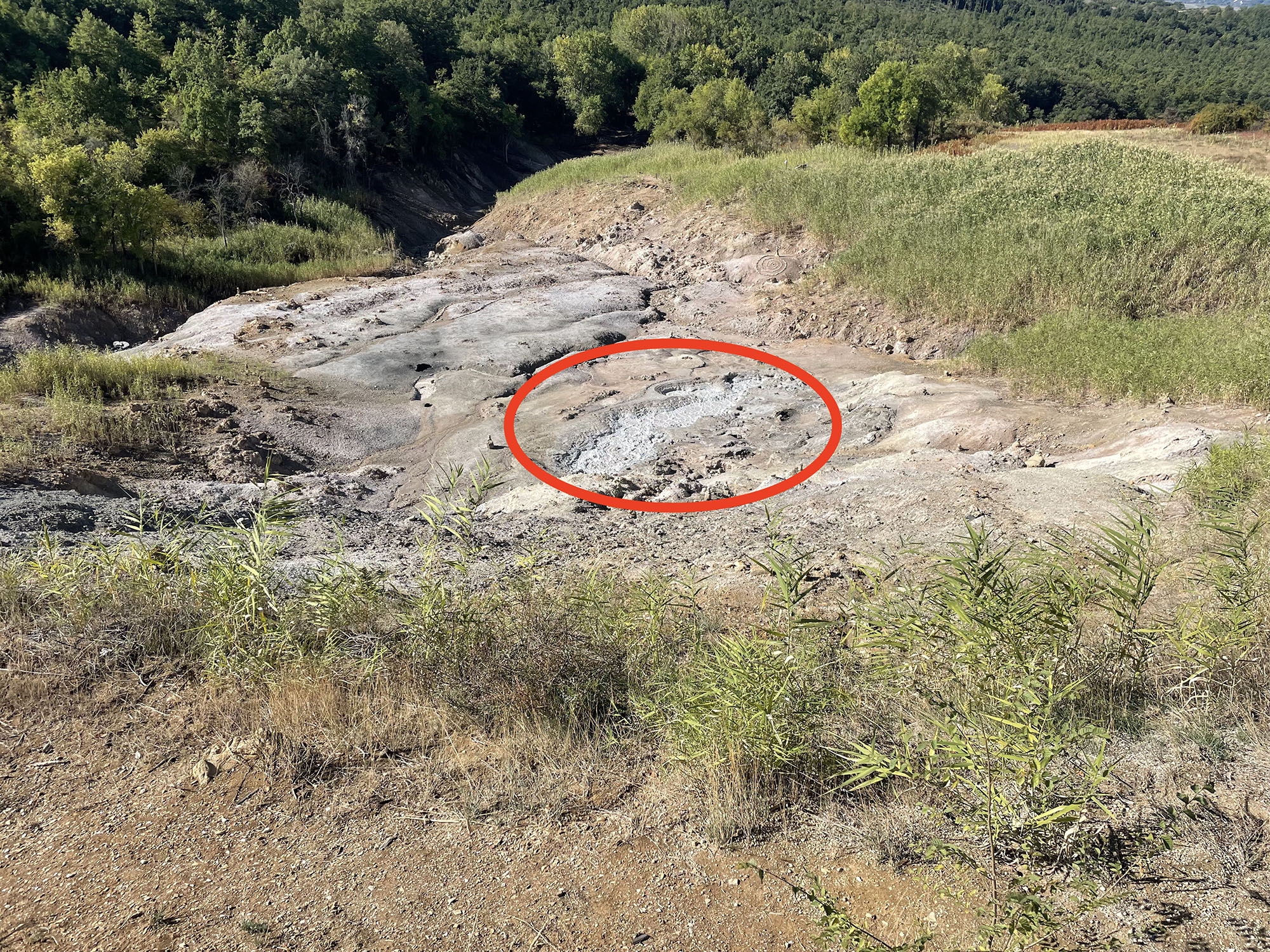 Figure 1: Location of FURTHER target areas
Figure 1: Location of FURTHER target areas View of Mefite d’Ansanto site. The pool in the red circle is the main degassing area.
View of Mefite d’Ansanto site. The pool in the red circle is the main degassing area.WP3- Geochemistry
Participants: Carlo Cardellini, Giovanni Chiodini, Daniele Cinti, Andrea Gasparini, Luca Pizzino, Alessandra Sciarra, Nunzia Voltattorni
Although geochemical data are crucial for the comprehension of the seismogenesis of the Apennines, a long-term record of fluid sampling is still lacking. The main goal of WP3 is to collect a long-time series of deep CO2 degassing from waters and soils through discrete and continuous monitoring of selected parameters. Measured and computed parameters will be compared with the spatial and temporal evolution of the recorded seismicity, tomographic models and surface deformation data.
ACTIVITY 1: Discrete monitoring
Seasonal sampling of some selected springs is performed in two target areas (Matese and Pollino in Fig. 1). Collected data include physical-chemical parameters (water temperature, pH, electrical conductivity and redox potential), major and trace elements, dissolved gases and stable isotopes.
All these data are used to define the background values together with the seasonal trends in a phase of absence of significant seismic activity. Moreover, through the computation of the Total Dissolved Inorganic Carbon (TDIC) we are able to estimate the rate and origin of CO2 degassing from springs.
ACTIVITY 2: Continuous monitoring
Two multi-parametric probes have been installed at the Grassano spring (San Salvatore Telesino, Matese target area) and the Terme Sibarite spa (Cassano all’Ionio, Pollino target area). Monitored parameters (every 15 minutes) are water temperature, water level and electrical conductivity, i.e. geochemical parameters that are related to the emission of deeply-derived CO2. In particular, the continuous monitoring of those Easily Detectable Parameters (EDP) coupled with the periodic samplings of springs will allow a repeated calibration over time of the EDPs with respect to the deep CO2 concentration.
ACTIVITY 3: Soil gas surveys
Soil gas and flux surveys are performed in the Mefite d’Ansanto target area (Fig. 1 & 2). Mefite d’Ansanto degassing area hosts the largest natural emission of low temperature CO2-rich gas, from a non-volcanic environment, ever measured in the Earth (~2000 tons per day). Measured soil gases include CO2, CH4, H2S, O2 and H2, whereas soil fluxes include CO2 and CH4 measurements. All these data are used to define the background soil concentrations and CO2(CH4) degassing in a phase of absence of significant seismic activity. A multi-parametric continuous station measuring air temperature, wind speed and direction, and CO2 concentration will be installed along the main CO2 stream inside the degassing area.
.
